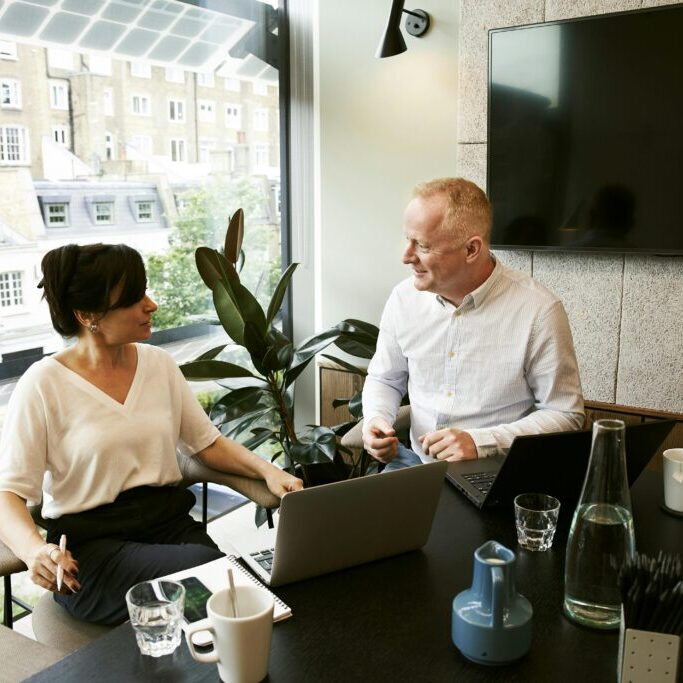Transforming owner-reliant and founder-centric businesses into independent, enduring enterprises
Many businesses owe much of their success to one person. Their knowledge, judgment, and relationships have built the company’s reputation and performance. Yet over time, that success can begin to feel like a trap.
Owners often want to step back. To take more time off, focus on other interests, or prepare for succession, but find themselves inevitably drawn back in. The inbox fills, the phone keeps ringing, and the business still depends on their decisions to function. Family and colleagues encourage them to slow down. They can’t quite step away without fearing things might slip.
For many, this risk only becomes visible when succession, sale, or scaling up comes into view. At that moment, dependency turns from an internal inconvenience into a valuation problem. Buyers see it immediately, and investors price it in. Businesses that rely heavily on their owner often face a 10 to 30 percent valuation discount, slower sale processes, and longer diligence cycles.
This is the reality of key-person risk: when too much of the business’s value, capability, or confidence resides in one individual. What once made the company thrive now limits its freedom to evolve.
The Key-Person Risk Reduction Program, part of Kāhu’s Exit-Ready Enterprise approach, helps owners and management teams separate the value of the business from the individual who built it. Through structure, systems, and leadership enablement, we make the business stronger, more autonomous, and easier to transition.
What the work involves
1. Mapping Dependency
We begin with a structured assessment that identifies where the business depends most on key individuals. Using interviews, role mapping, and operational data, we quantify dependency through a Key-Person Risk Index and create a visual heat map showing the most exposed areas.
2. Unsticking Critical Relationships
Dependency is often not just about decisions but about relationships. We analyse every key relationship the owner or other pivotal people hold: customers, suppliers, financiers, and partners, and find ways to reattach those connections to the business itself rather than the person.
We examine what makes those relationships work, codify the trust and knowledge involved, and systematise that value so the wider team can carry it forward.
3. Designing and Embedding Independence
With a shared understanding of the risks, we work collaboratively to redesign decision rights, workflows, and governance. We then move into active implementation.
Our consultants maintain a regular cadence — typically weekly or fortnightly — to project-manage progress, provide coaching, and hold teams accountable for the agreed changes. This rhythm keeps momentum and helps new habits take root.
4. Testing Continuity
Once new structures are in place, we simulate step-backs and measure how the business performs without day-to-day owner involvement. Performance data, feedback, and continuity dashboards show where stability has been achieved and where further support may be needed.
Who Benefits

Owners and Founders
Reducing dependency preserves the value you’ve created and allows you to step back without anxiety. It protects your legacy, your freedom, and your peace of mind.
Many owners describe this process as the first time they’ve been able to truly take a breath. When it comes to sale, expect a stronger valuation with less hooks.

Investors and Buyers
For acquirers, a business that runs independently of its founder is a safer investment. Reducing key person risk stabilises earnings and protects early returns, addressing one of the main causes of post-acquisition performance decline.
Reduce risk of performance veering dramatically off course of valuation models.

Private Credit and Lenders
For financiers, operational continuity reduces risk and supports more confident lending decisions. Stable governance and proven independence increase both deployable capital and deal confidence.
Feel safer with larger deployments, knowing that the underlying asset has continuity.
The Outcome
When key person risk is resolved, the business becomes more valuable, more resilient, and less stressful to own. It can attract capital, retain performance through change, and continue to grow under new leadership.
It becomes a company that no longer depends on one person to thrive, but one that endures because of the strength of its systems, its people, and its design.
Need to get things done?
We can help